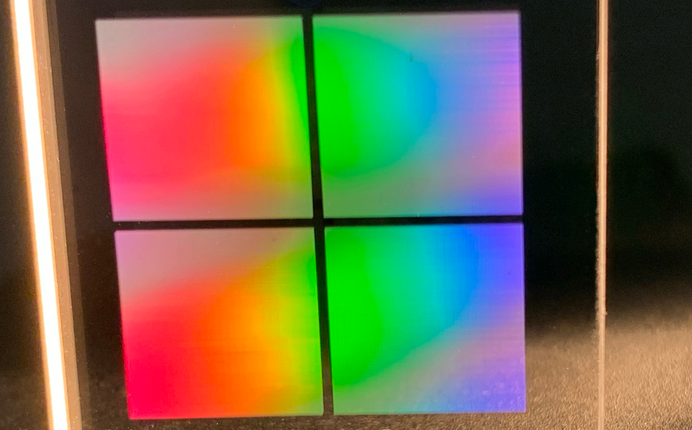Scientists create new 5D storage system that is more than 10,000 times denser than Blu-Rays

Your support helps us to tell the story
From reproductive rights to climate change to Big Tech, The Independent is on the ground when the story is developing. Whether it's investigating the financials of Elon Musk's pro-Trump PAC or producing our latest documentary, 'The A Word', which shines a light on the American women fighting for reproductive rights, we know how important it is to parse out the facts from the messaging.
At such a critical moment in US history, we need reporters on the ground. Your donation allows us to keep sending journalists to speak to both sides of the story.
The Independent is trusted by Americans across the entire political spectrum. And unlike many other quality news outlets, we choose not to lock Americans out of our reporting and analysis with paywalls. We believe quality journalism should be available to everyone, paid for by those who can afford it.
Your support makes all the difference.Scientists say they have created a new storage technology that is 10,000 times more dense than Blu-Ray discs.
The new five-dimensional optical data storage is created by using lasers and nanostructurein silica glass, according to the researchers from the University of Southampton who created it.
They say the new findings could be key as the world creates ever more data and struggles with good ways to store it.
“Individuals and organizations are generating ever-larger datasets, creating the desperate need for more efficient forms of data storage with a high capacity, low energy consumption and long lifetime,” said doctoral researcher Yuhao Lei in a statement.
“While cloud-based systems are designed more for temporary data, we believe that 5D data storage in glass could be useful for longer-term data storage for national archives, museums, libraries or private organisations.”
The storage system is not only incredibly dense but quick: it can write at 1,000,000 voxels per second, the equivalent of writing more than 100 pages of text per second.
Scientists have explored using optical storage in transparent materials before. But it has proven difficult to find a way to do so that is still fast and dense enough to actually be used in the real world.
Scientists overcame that by using a laser than created tiny pits inside glass. Scientists were able to do so by harnessing an optical trick that let them do so without the heat that is often generated in such research.
“This new approach improves the data writing speed to a practical level, so we can write tens of gigabytes of data in a reasonable time,” said Lei. “The highly localized, precision nanostructures enable a higher data capacity because more voxels can be written in a unit volume. In addition, using pulsed light reduces the energy needed for writing.”
The five dimensions involved in the technology are two optical dimensions and three spatial dimensions.
A paper describing the work, ‘High speed ultrafast laser anisotropic nanostructuring by energy deposition control via near-field enhancement’, is published in the journal Optica.
Join our commenting forum
Join thought-provoking conversations, follow other Independent readers and see their replies
Comments